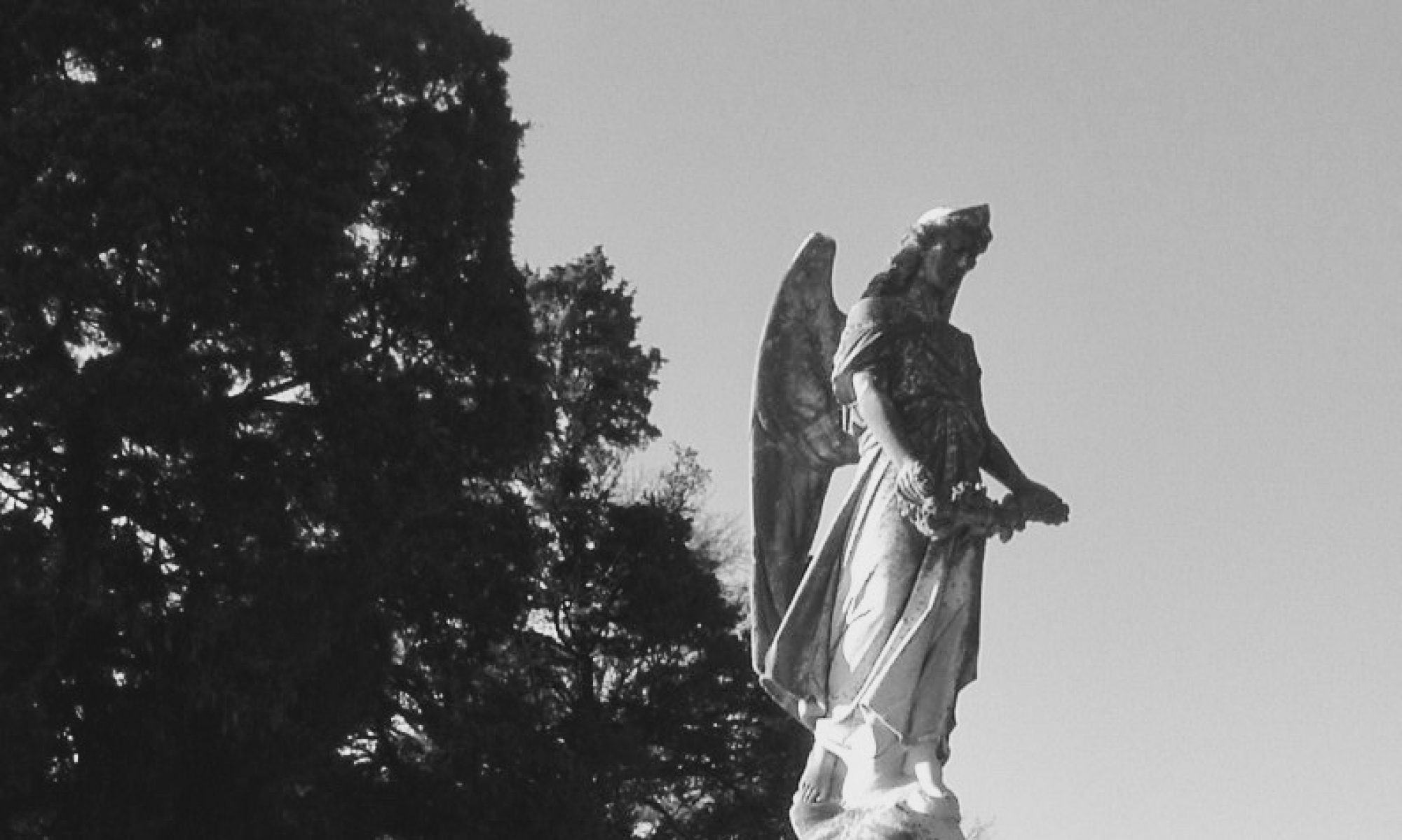Kentucky Historical Society
100 West Broadway Street
Frankfort, Kentucky
While I’m not a fan of Zak Bagans and his programs like Ghost Adventures, I have recently been charmed by the first season of his show, Deadly Possessions, which highlights haunted objects in his haunted museum in Las Vegas and throughout the country. The second episode examined something called the “Conjured Chest,” a piece of furniture owned by the Kentucky Historical Society. The story is fascinating, and I found that a descendent of the family that donated the piece has written a book about it.
The piece doesn’t look like a typical haunted object. It’s an Empire-styled mahogany chest of drawers with four drawers and crystal knobs with no hint of creepiness. This piece has brought death or serious injury to sixteen, possibly seventeen, people, though no one would presume something from such a staid antique.

The legend of the piece can be traced to the 1830s when the piece was created. A wealthy member of the young state’s aristocracy had a slave construct this chest for his newborn son. The slave, named Remus in the family’s recounting of the legend, was beaten to death when his master, Jeremiah Graham, was displeased by the piece. The master’s other slaves, angered by his callousness, devised a Hoodoo conjure in retribution. After sprinkling owl blood within the drawers, a curse was placed ensuring that anyone whose clothes were placed within the drawers would die.
The first to die from the effects of the conjure was the newborn son of Jeremiah Graham. The second was the son of Jeremiah’s brother, who was stabbed around his 21st birthday. The piece was passed through the family with a succession of members dying after putting clothes into the chest. A few of the victims did not die but were gravely injured or suffered severe illnesses. One victim was not a family member, but rather a neighbor who tempted fate by putting his hunting clothes within one of the fateful drawers. He was killed in a gun accident just a year after the end of World War II.
The seventeenth victim possibly gave her life in order to lift the conjure. Sallie, an African-American maid who worked for the Mayne family was asked to lift the conjure and going through with a ritual she announced that someone would have to give their life to lift the curse. In 1946, she passed away unexpectedly. Since no one has put their clothes in the chest since that time, it is unknown if the curse has lifted. In 1976, Virginia Mayne donated the piece to the Kentucky Historical Society, carefully including notes about the lifting of the conjure with the owl wings used in the ritual in the top drawer.

Virginia Mayne’s daughter, Beverly Mayne Kienzle, was called by producers for Zak Bagans’ show, the retired Harvard professor began to research the story, so she could comfortably talk about the piece. Her research revealed that the facts of the legend are mostly true, though there are some questions about the details of the chest’s origins. With her research, Mrs. Kienzle put together a short book on her findings, which may also dispute some of the stories floating about on the internet.
For now, the conjured chest, as it is known, remains on display in the Kentucky Historical Society, its drawers remaining empty so as to not tempt fate.
Sources
- Kienzle, Beverly Mayne and Virginia Cary Hudson. The Conjured Chest: A Cursed Family in Old Kentucky. Beverly Mayne Kienzle, 2017.
- MY Entertainment. “Episode 2: The Conjure Chest and St. Valentine’s Day Massacre Wall.” Originally aired: 9 April 2016.





